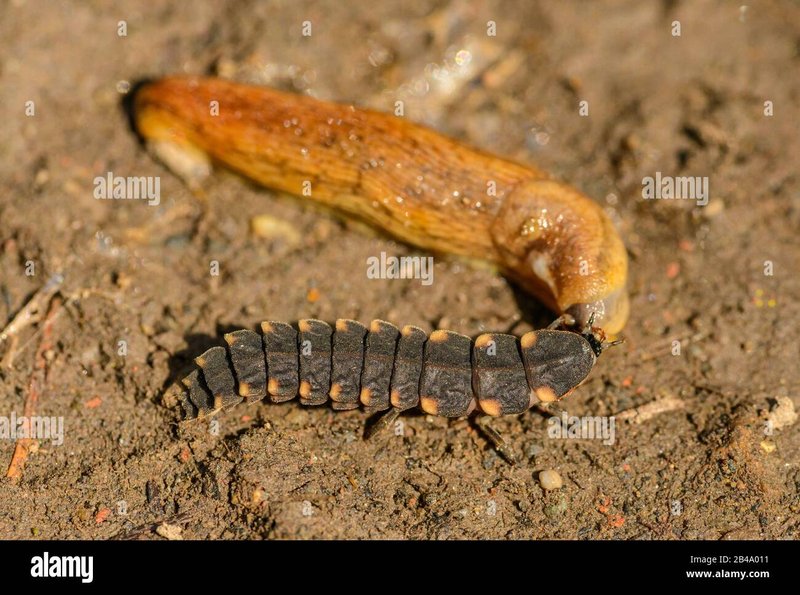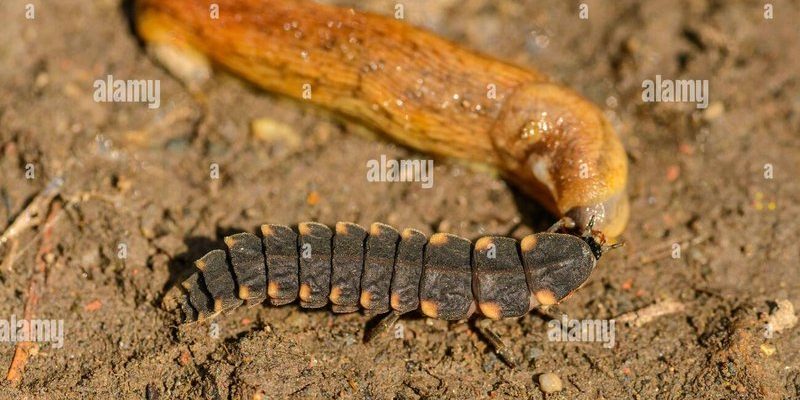
Glow worms, which belong to various species in the family Lampyridae, are found in damp, dark habitats across the globe. They create silk threads that catch prey, but their diet is a bit more complex than just waiting for dinner to come to them. If you’re here, you might be wondering just what goes into a glow worm’s diet that allows it to glow so brightly. So, grab a cup of your favorite brew, and let’s explore!
What Are Glow Worms?
Before we dissect their feeding habits, it’s essential to understand what glow worms are. Glow worms are actually the larvae of beetles, and they are well-known for their bioluminescence. This unique glow comes from a chemical reaction within their bodies that produces light to help attract prey. Most glow worms thrive in moist, dark environments like caves and forests, making them experts at hiding while they wait for a meal.
You might be surprised to learn that not all glow worms glow at the same intensity. Some species are brighter than others, making them more effective hunters in the dark. It’s like having a dimmer switch on your favorite lamp—some need just a little light while others shine brightly to draw in their food.
What Do Glow Worms Eat?
Now, let’s dig into the heart of the matter: what exactly do glow worms feast on? Primarily, glow worms are insectivorous, meaning they eat insects. Their primary diet consists of small flying insects, such as moths and other critters that stumble into their sticky silk traps. Think of it as a small, natural bug-catching operation.
When a hapless insect finds itself caught in the glow worm’s silken threads, the glow worm doesn’t just sit there. It secretes enzymes to help break down its prey. This helps in digesting the insect more efficiently. It’s a little gruesome, but it’s a testament to nature’s cycle of life and survival.
The Art of Hunting: How Glow Worms Capture Food
Glow worms have some remarkable techniques for catching food. They produce silk threads that are incredibly sticky. These threads hang down from the glow worm’s body and stretch out into the surrounding environment, much like a spider’s web. When the threads catch the light, they become even more attractive to unsuspecting insects.
Once an insect gets stuck, the glow worm has a few ways to reel it in. They can feel the vibrations on their silk and, just like a fisherman, they draw their catch closer. It’s a fascinating process that showcases their adaptation to hunting in dark conditions.
You might be wondering how they survive if their traps don’t catch anything. Glow worms can go for days without food, allowing them some flexibility in their hunting game. This remarkable endurance is key to their survival in the often unpredictable wild.
The Lifecycle of a Glow Worm and Its Feeding Needs
Understanding a glow worm’s life cycle is also important for grasping their feeding habits. Glow worms go through several stages from egg to larva and eventually to adult beetle. During their larval stage, which is when they glow, their primary focus is on eating as much as possible. This is when they put all their energy into growing.
The larval stage lasts for about six months to a year, depending on environmental factors. The more they eat during this time, the better prepared they are for the next phase of their life cycle. It’s like getting ready for a big race—the more training (or food) you have, the stronger you become!
When the glow worms eventually pupate, they stop eating completely. Instead, they rely on the nutrients they’ve accumulated. This shows how crucial their feeding habits are during the larval stage, allowing them to grow and transform.
Where Do Glow Worms Find Their Food?
Glow worms are primarily found in caves, forests, and areas with high humidity. These locations provide perfect hunting grounds since they’re full of insects drawn to the dark, moist environment. Think of it as a buffet for glow worms!
In these habitats, glow worms often cluster together, creating stunning displays of light. This not only helps in attracting prey but also offers some protection against predators. They’re like a tiny community working together for survival, making the most out of their environment.
Additionally, the presence of specific plants can also influence where glow worms are found. Some plants attract insects, which in turn, draw glow worms. It’s a delicate balance in the ecosystem, where everything is connected and plays a role in the food web.
Common Challenges in Glow Worm Feeding
While glow worms have adapted well to their environment, they still face challenges. Changes in their habitat, like pollution or deforestation, can impact their food sources. If their prey becomes scarce, glow worms may struggle to find enough to eat, which can affect their growth and survival.
Moreover, extreme weather conditions can also pose a threat. Droughts can lead to fewer insects, and flooding can destroy their habitats. It’s a reminder of how interconnected nature is, and how crucial it is to protect these unique creatures and their ecosystems.
On a personal note, I’ve always found it fascinating to think about how vulnerable these tiny beings are despite their enchanting glow. It really makes you appreciate the delicate balance of nature, doesn’t it?
Understanding glow worm feeding habits opens a window into their remarkable lives. From their sticky traps to their strategic hunting, these creatures are truly a wonder of nature. Whether they’re catching moths or navigating the complexities of their lifecycle, glow worms highlight the beauty and intricacy of our natural world.
As we learn more about these glowing insects, it becomes clear that their survival relies heavily on the ecosystems they inhabit. Protecting their habitats means ensuring that they can continue to thrive and enchant people with their soft, magical glow. So, next time you catch a glimpse of a glow worm twinkling in the dark, remember there’s a lot more than meets the eye!

